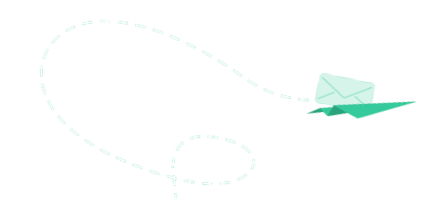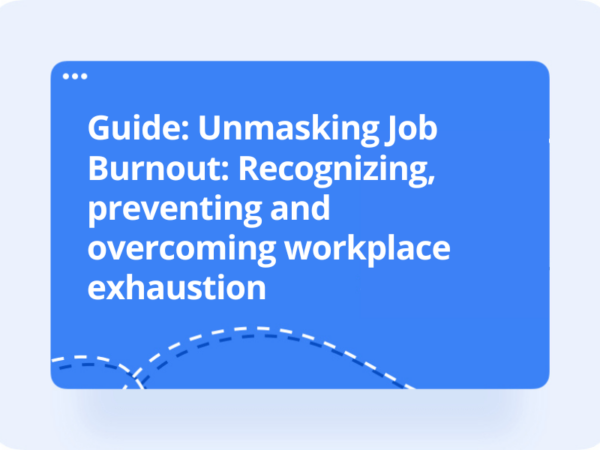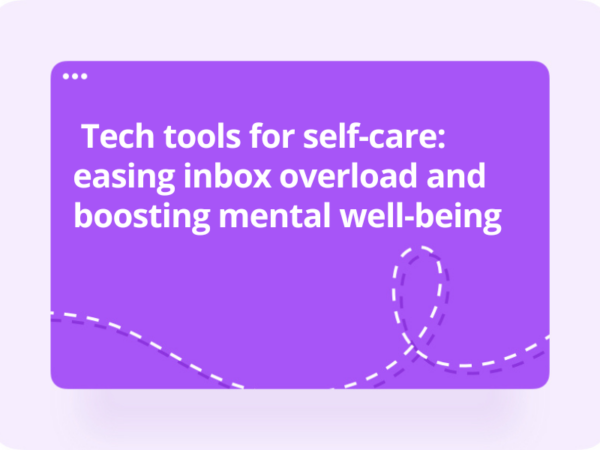Email has become indispensable for communication in our personal and professional lives.
But with the average office worker spending 28% of the day reading and answering emails, email overload has become a real issue.
Email overload refers to the feeling of overwhelm caused by a constant influx of emails, leading to stress, anxiety, and decreased productivity.
This guide will look at the impact of email overload on your mental well-being and offer strategies to avoid the negative repercussions of an overflowing inbox.
The impact of email overload
As a busy professional, email overload can affect your life in the following ways:
Increased stress and lost productivity
It’s difficult to focus on tasks that need deep concentration when you’re bombarded with email notifications all day. You’ll likely find yourself pausing your current task to click on your email account every time you hear a new message come in.
This is known as “task switching”, and it can significantly reduce your productivity levels. According to Gloria Mark, a professor at the University of California, Irvine, it takes 23 minutes and 15 seconds to get back into a productive flow after an interruption.
But it’s hard to resist. In today’s work culture, we often feel pressured to respond to new messages quickly while keeping on top of other tasks. This constant pressure and disruption raises stress levels and leaves you feeling mentally fatigued.
Before long, this stress can develop into what we call “email anxiety”.
Email anxiety
Email anxiety happens when people feel nervous about email communications, causing them to experience physical and emotional anxiety symptoms about both reading and responding to emails.
Physically, you might experience increased heart rate, muscle tension, headaches, and stomach upsets. Emotionally and mentally, you may feel overwhelmed, irritable, and have difficulty concentrating.
Email anxiety is caused by a combination of factors, including:
Anticipation of new emails
If you’re suffering from email anxiety, you likely feel on high alert, waiting for new emails to come in. This email monitoring can start to bleed into your personal life — worrying about emails that might come in outside of work hours — leading to further stress.
Pressure to respond quickly
Another major cause of email anxiety is the pressure to reply to emails as quickly as possible. Employees often feel that their jobs depend on how quickly they respond to messages. They fear that if they aren’t fast enough, they may miss important messages, or that if they don’t respond promptly enough, their employers may see them as slow and unproductive.
Volume and content of emails
Receiving many emails can be overwhelming, creating a sense of being constantly behind. Additionally, emails containing negative feedback, conflict, or bad news can increase the sense of dread you feel, significantly increasing your stress levels.
Work-life balance
Finally, receiving work emails outside of office hours can blur the boundaries between personal and professional life. Without proper downtime, you put yourself at risk of burnout.
Strategies to mitigate email overload
Thankfully, email overload and the stress, anxiety, and loss productivity that accompanies it are avoidable. By following these steps, you can help yourself and your employees mitigate it.
1. Implement a structured email schedule
One effective way to reduce email anxiety is to set designated times for checking emails throughout the day.
Setting aside specific times for email, like at the start of the day, after lunch, and before the end of the day, can minimize interruptions and keep you focused on your other tasks.
Don’t forget to turn off email notifications on your desktop and mobile devices to reduce the urge to check your email constantly.
2. Establish clear communication protocols
Another way to reduce email anxiety is to set protocols with colleagues and clients. Setting expectations around response times and communication channels can relieve the pressure to reply right away.
For example, tell your team you only check emails at certain times and prefer to communicate urgent matters by phone or instant messaging. When they know how best to reach you and when they can expect a response, it takes a load of pressure off your plate.
3. Unsubscribe from unnecessary emails
Regularly review and unsubscribe from newsletters, promotional and marketing emails, and other non-essential communications. Clearing your inbox of clutter helps reduce anxiety, saves you time, and makes it easier to find urgent emails when you need them.
4. Delegate when possible
If you’re managing a team, delegate email management tasks where appropriate. Sharing the responsibility can help manage email overload, allowing you to focus on higher-priority tasks on your to-do list.
5. Use email management tools
If you’re feeling overwhelmed by a constant influx of emails, using email management tools like InboxFreedom can help you better manage your incoming messages.
Tools like these can automatically sort, categorize — and even respond to — your emails for you, leaving you with a clutter-free inbox you can quickly sort through in just a few minutes.
These strategies can help you keep your inbox more organized, streamlining your approach to email communication, and easing the impact of email anxiety.
Closing thoughts
Email is an essential tool, but it can quickly become a source of stress. The constant influx of messages and the pressure to respond promptly can significantly impact your productivity and well-being.
Thankfully, managing email overload and anxiety is possible with a structured schedule, clear communication expectations, and email management tools. Unsubscribing from unnecessary emails and delegating tasks can also reduce stress and boost productivity.
Overcome email overload with InboxFreedom
InboxFreedom is an AI-powered email management tool that streamlines your email experience for effortless inbox management.
With InboxFreedom, you can:
- Filter and prioritize incoming emails or unread messages
- Automatically categorize emails by sender, subject, or content
- Schedule emails to be sent at specific times
- Integrate with task management for smoother workflows
- Set reminders and receive notifications for important emails
- Search and archive for secure storage and easy access to previous emails
- Use email templates for quick and consistent communication
Join the InboxFreedom waitlist today and be at the forefront of the new age of email management.
By signing up, you’ll gain exclusive early access to all the advanced features. Don’t miss out on a more manageable inbox.
Sign Up For Our
AI-Powered Inbox Waitlist




